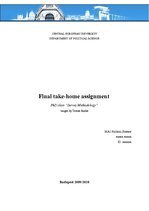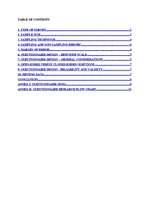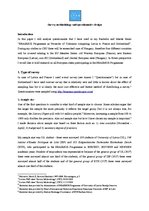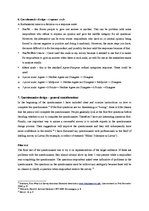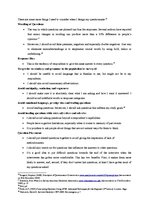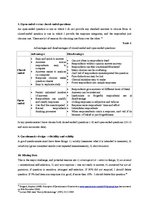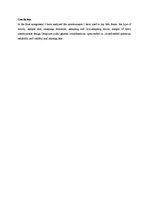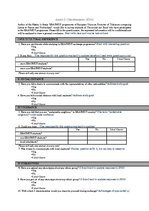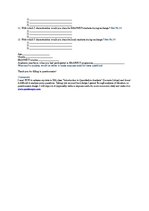| Nr. | Sadaļas nosaukums | Lpp. |
| 1. | Type of survey | 3 |
| 2. | Sample size | 3 |
| 3. | Sampling technique | 4 |
| 4. | Sampling and non-sampling errors | 4 |
| 5. | Margin of error | 4 |
| 6. | Questionnaire design – response scale | 5 |
| 7. | Questionnaire design – general considerations | 5 |
| 8. | Open-ended versus closed-ended questions | 7 |
| 9. | Questionnaire design - reliability and validity | 7 |
| 10. | Missing Data | 8 |
| Conclusion | 8 | |
| Annex I: Questionnaire (ENG) | 9 | |
| Annex II: Questionnaire research flow chart | 11 |
1. Type of survey
In case of Latvia and France I used e-mail survey (see Annex I “Questionnaire”) but in case of Switzerland I have used internet survey that is relatively new and little is known about the effect of sampling bias but it is clearly the most cost effective and fastest method of distributing a survey.1 Questionnaires were sampled using http://erasmus.questionpro.com/
2. Sample size
One of the first questions to consider is what kind of sample size to choose. Some scholars argue that the larger the sample the more precisely it reflects the target group (but it is not always true, for example, the Literary Digest poll with 2.4 million people).2 Moreover, increasing a sample from 250 to 1000 only doubles the precision. Also not sample size but how I have chosen my sample is important.3 I made decision about sample size based on three factors such as: 1) time available (November - April), 2) budget and 3) necessary degree of precision.
My sample size was 321 student - there were surveyed 108 students of University of Latvia (UL), 108 Institut d'Etudes Politiques de Lille (IEP) and 105 Eidgenössische Technische Hochschule Zürich (ETH), who participated in the ERASMUS Programme in 2006/2007, 2007/2008 and 2008/2009 academic years.…
In this paper I will analyse questionnaire that I have used in my Bachelor and Master thesis “ERASMUS Programme as Promoter of Tolerance comparing Latvia to France and Switzerland”. During my studies in CEU there will be researched case of Hungary, therefore four different countries will be covered relating to the EU Member States: old Western European (France), new Eastern European (Latvia), non-EU (Switzerland) and Central European state (Hungary). In future perspective I would like to hold research on all European states participating in the ERASMUS Programme

